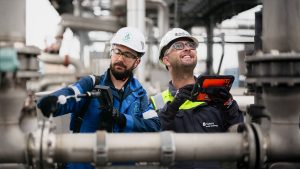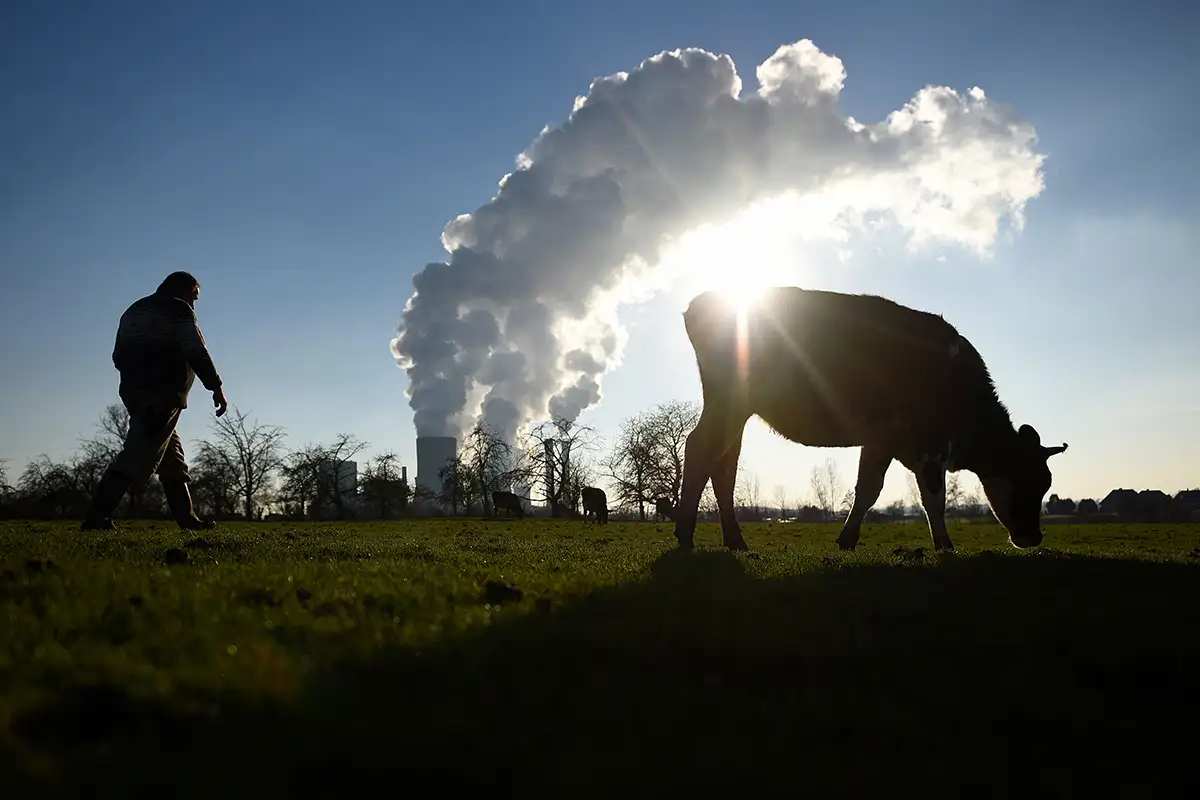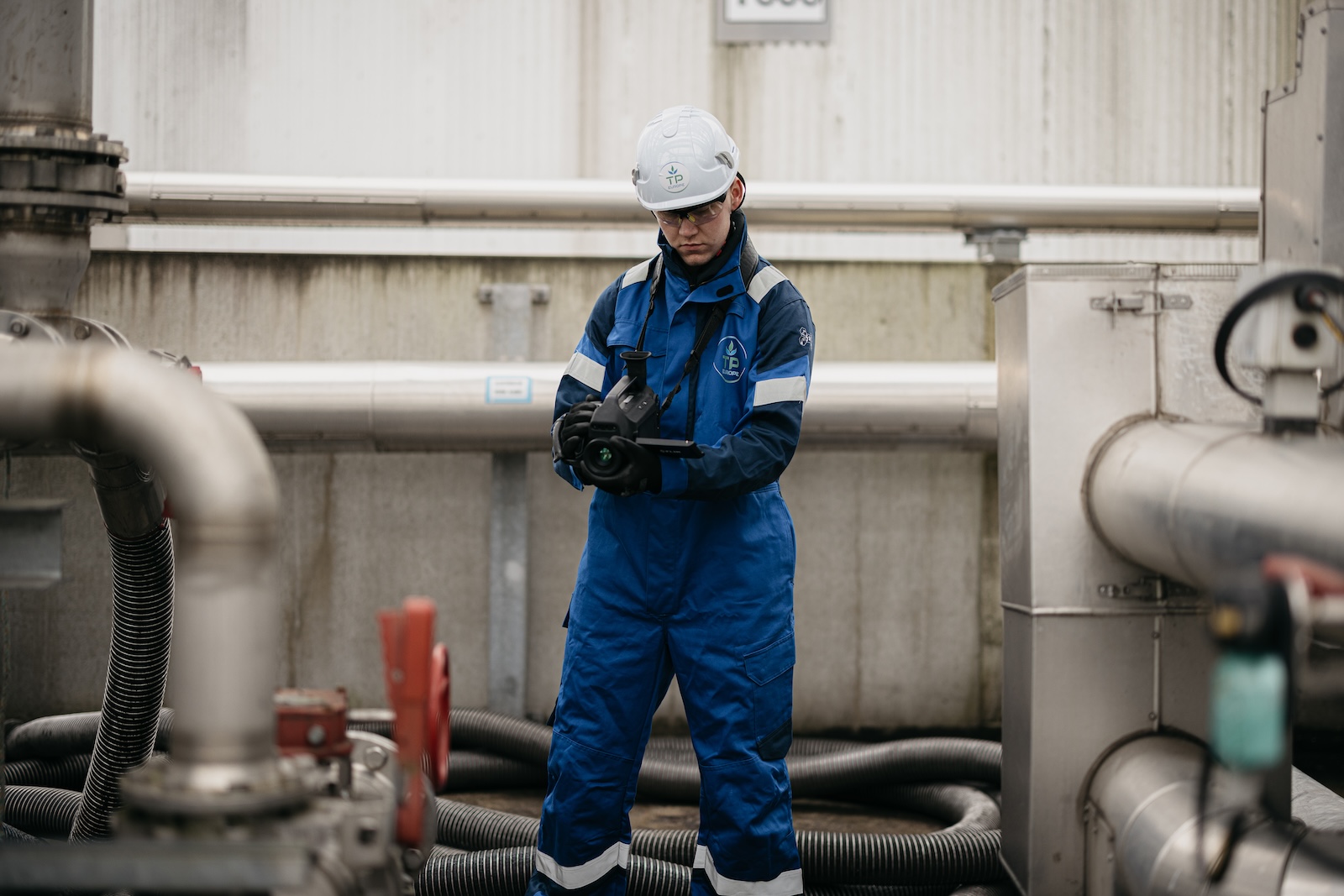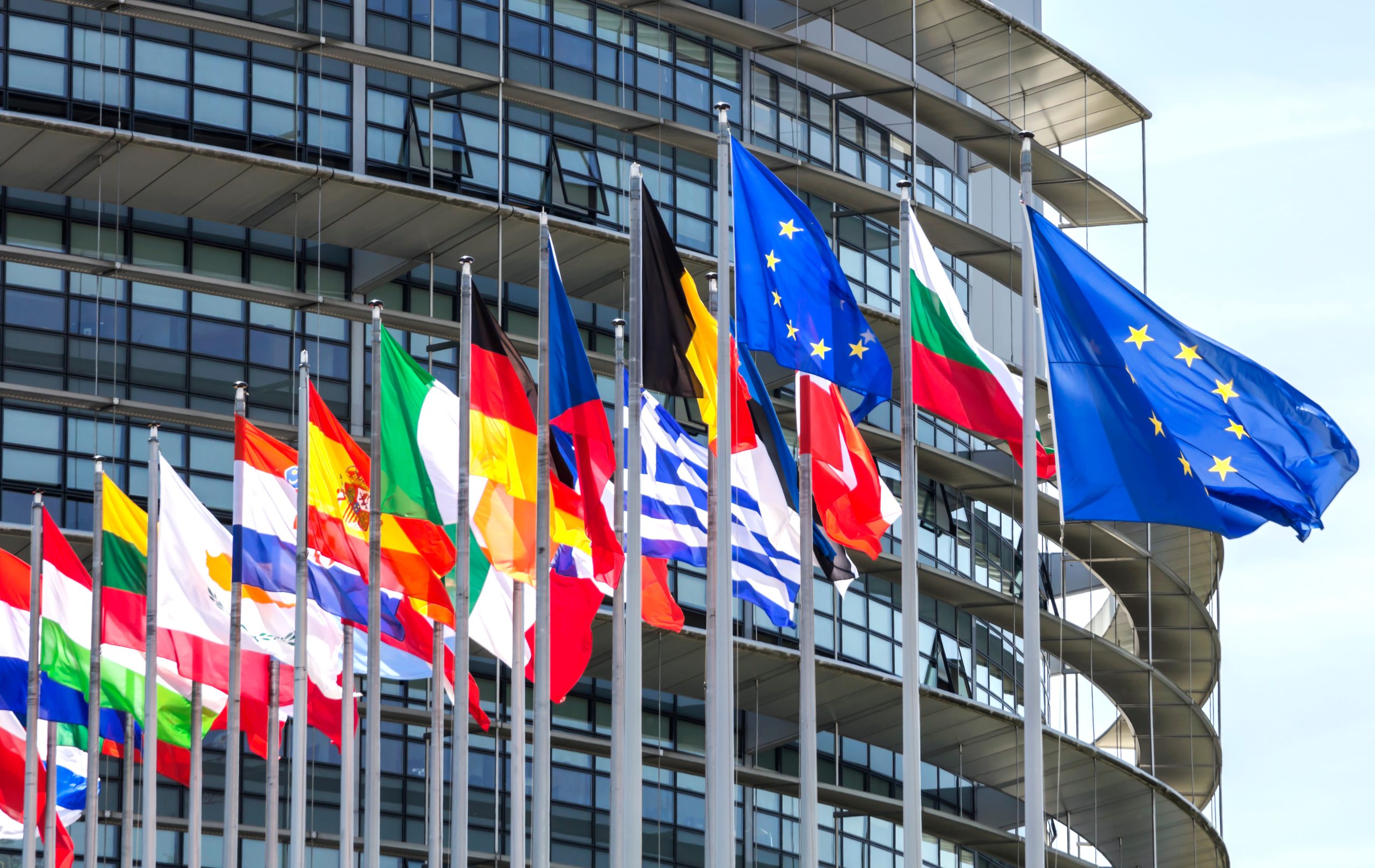

Press Release
Intero – The Sniffers merges with TP Europe
Balen, Belgium, 12 December 2024 Intero – The Sniffers, the reference in emission management and pipeline integrity services, is pleased to announce that they have

Methane emissions are a critical yet often underestimated component of global warming. As the world grapples with the escalating crisis of climate change, understanding the role of methane—second only to carbon dioxide (CO2) in its contribution to atmospheric warming—is paramount. This article delves into the sources, potency, and implications of methane emissions, highlighting the urgent need for effective mitigation strategies.
Methane (CH4) is a potent greenhouse gas, comprising one carbon atom bonded to four hydrogen atoms. It’s a significant component of the Earth’s atmosphere, arising from both natural processes and human activities. The complexity of methane’s impact on global warming lies in its potent greenhouse effect, despite its relatively low concentration compared to CO2.
Anthropogenic methane emissions:
Natural methane emissions:
| Source | Methane Contribution (%) |
| Natural Sources | 40% |
| Anthropogenic Sources | 60% |
This table underscores the significant human contribution to methane emissions, emphasizing the potential for impactful mitigation strategies.
Methane is 84 times more effective than CO2 at trapping heat in the atmosphere over a 20-year period, making its role in climate change disproportionately large relative to its atmospheric concentration. Its short atmospheric lifespan of approximately 12 years, compared to centuries for CO2, means that actions taken to reduce methane emissions can have a rapid and significant effect on slowing global warming.
Understanding the potent warming effect of methane is crucial for prioritizing reduction efforts, particularly in sectors where methane release is significant and preventable.
Methane’s impact on the climate is both potent and relatively short-lived. Once released into the atmosphere, methane remains active for about 12 years—a stark contrast to carbon dioxide’s centuries-long lifespan. This shorter atmospheric duration means that methane drives rapid changes in global temperatures, contributing significantly to short-term global warming. However, this also implies that efforts to reduce methane emissions can yield quicker benefits for climate stabilization.

Anthropogenic, or human-caused, methane emissions account for approximately 60% of all methane released into the atmosphere. These emissions primarily come from three sectors: energy, agriculture, and waste management. Each sector presents unique challenges and opportunities for methane mitigation.
The energy sector is a significant source of methane emissions, primarily through the extraction, transportation, and processing of fossil fuels. Natural gas, which is predominantly methane, leaks from oil and gas wells, pipelines, and other infrastructure.
Strategies for reduction:
Agriculture contributes to methane emissions through enteric fermentation in ruminants, rice paddies, and manure management practices. Livestock, such as cows and sheep, produce methane during digestion, while rice paddies provide anaerobic conditions conducive to methane-producing bacteria.
Mitigation approaches:
Landfills are a notable source of methane emissions due to the decomposition of organic waste under anaerobic conditions. Waste management practices, such as landfilling and wastewater treatment, contribute to the anthropogenic methane budget.
Emission reduction techniques:
Methane’s influence extends beyond global warming, affecting both environmental stability and human health. As a potent greenhouse gas, methane contributes significantly to the greenhouse effect, exacerbating climate change and its associated environmental impacts, including extreme weather events, loss of biodiversity, and habitat destruction.
Environmental impacts:
Health impacts:
Addressing methane emissions is a critical component of global efforts to combat climate change. A combination of policy measures, technological innovation, and changes in practice across key sectors can significantly reduce methane’s impact on the atmosphere.
Current technologies offer feasible solutions for capturing and reducing methane emissions across various sectors. The adoption of these technologies not only mitigates environmental and health impacts but also presents economic benefits by improving efficiency and reducing waste.
Key technologies include:

Innovation in technology and practices is paving the way for new methods to reduce methane emissions. These advancements promise more efficient, cost-effective solutions that can be adopted on a larger scale.
Emerging innovations:
Table: Comparison of methane reduction technologies
| Technology | Sector | Reduction Potential |
| Leak Detection and Repair | Oil and Gas | High |
| Gas Capture Systems | Waste Management | Moderate to High |
| Anaerobic Digestion | Agriculture | Moderate |
| Satellite Monitoring | General | High |
| Feed Additives | Agriculture | Moderate to High |
The European Union (EU) has taken a proactive stance on mitigating methane emissions as part of its broader strategy to combat climate change and move towards sustainability. Recognizing the significant impact of methane on global warming, the EU has developed a comprehensive approach that includes legislation, technology, and international cooperation.
In response to the urgent need to address methane’s role in climate change, the EU has implemented a Methane Strategy that outlines a framework for reducing emissions across key sectors, including energy, agriculture, and waste management.
Key components of the EU methane strategy:
The EU has positioned itself as a global leader in the fight against methane emissions, spearheading initiatives and partnerships aimed at fostering international collaboration.
Global initiatives led by the EU:
The Global Methane Pledge represents a significant step forward in international efforts to address methane emissions, highlighting the importance of global cooperation in tackling climate change.

Key aspects of the global methane pledge:
Table: EU initiatives for global methane reduction
| Initiative | Description | Impact |
| Methane Strategy | Framework for reducing EU methane emissions | Direct reduction in key sectors |
| Global Methane Pledge | International commitment to cut methane emissions | Encourages global action and cooperation |
| International Partnerships | Collaboration with global partners on methane | Enhances global methane reduction efforts |
The international community has made significant strides in addressing methane emissions, with numerous countries and organizations launching initiatives to detect, report, and reduce methane. These efforts are crucial for meeting global climate goals and mitigating the rapid effects of climate change.
Notable achievements include:
Methane emissions pose a significant challenge in the fight against climate change, but they also offer one of the most effective levers for rapid climate action. By addressing methane emissions through technology, policy, and international cooperation, it is possible to significantly slow the rate of global warming in the near term. The efforts of the EU and the global community through initiatives like the Global Methane Pledge illustrate a commitment to this urgent environmental issue. Continued innovation, collaboration, and implementation of methane reduction strategies will be critical to achieving these goals.
Q1: What is methane and why is it important?
A1: Methane (CH4) is a potent greenhouse gas that contributes significantly to global warming. Although it has a shorter atmospheric lifespan than CO2, its ability to trap heat is much stronger in the short term.
Q2: How are human activities contributing to methane emissions?
A2: Human activities, including fossil fuel extraction, agriculture (especially livestock and rice production), and waste management, are the main sources of anthropogenic methane emissions.
Q3: What are the main strategies for reducing methane emissions?
A3: Key strategies include improving the detection and repair of leaks in the fossil fuel industry, adopting sustainable agricultural practices, managing waste more effectively, and utilizing methane capture technologies.
Q4: How effective are current technologies in detecting and reducing methane emissions?
A4: Current technologies, such as infrared cameras and satellite monitoring, are highly effective at detecting methane leaks. Technologies for reducing emissions, such as gas capture systems and anaerobic digesters, are also proving effective across various sectors.
Q5: What role does international cooperation play in reducing methane emissions?
A5: International cooperation is crucial for sharing best practices, technologies, and strategies for methane reduction. Initiatives like the Global Methane Pledge facilitate collective action and accountability among nations.

Balen, Belgium, 12 December 2024 Intero – The Sniffers, the reference in emission management and pipeline integrity services, is pleased to announce that they have

Data Visualization Tools for Environmental Sustainability: Empowering Change Through Visual Insights In an era where environmental concerns are at the forefront of global discussions, data